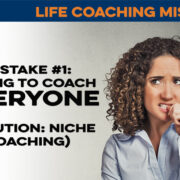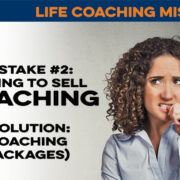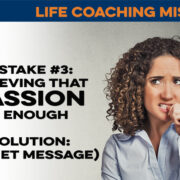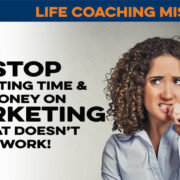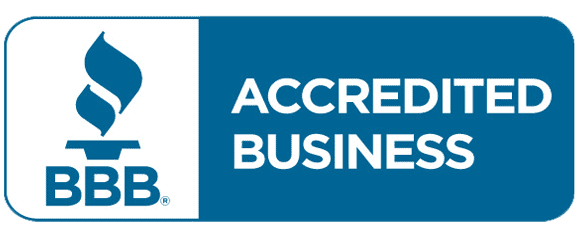Category: Marketing
7 Proven Tips to Land Your First Life Coaching Client
How to Get Your First Life Coaching Client Getting your first life coaching client is a major milestone—it means you’re starting to make an impact and earn from your passion. In this guide, you’ll discover seven actionable first life coaching client strategies to attract your very first client, build momentum, and grow your coaching business. […]
How to Leverage Social Media for Your Life Coaching Career
Social media for life coaches is no longer optional. It is the fastest way to meet people where they already gather, share your message, and earn trust long before a discovery call. By the end of this guide you will know exactly how to plan, post, and profit—without turning into a full-time influencer. 1. Why […]
How to Get Clients as a Life Coach: Your Step-by-Step Starter Guide
How to get clients as a life coach is the question every new coach asks the day their paperwork is filed and their website goes live. Happily, the answer is simpler than you think: combine genuine value with consistent visibility, and the right people will raise their hands to work with you. 1. How to […]
Quantum Leap Your Business in 6 Weeks
F the Business Plan! Why Most Would-Be-Entrepreneurs Never Get Started With Instagram entrepreneurs making entrepreneurship look sexy and tech start-ups becoming household names, it’s no wonder so many people (including you) dream of starting their own business. Unfortunately, most business ideas and dreams stay exactly that; ideas and dreams. Most would-be-business owners listen to hours […]







